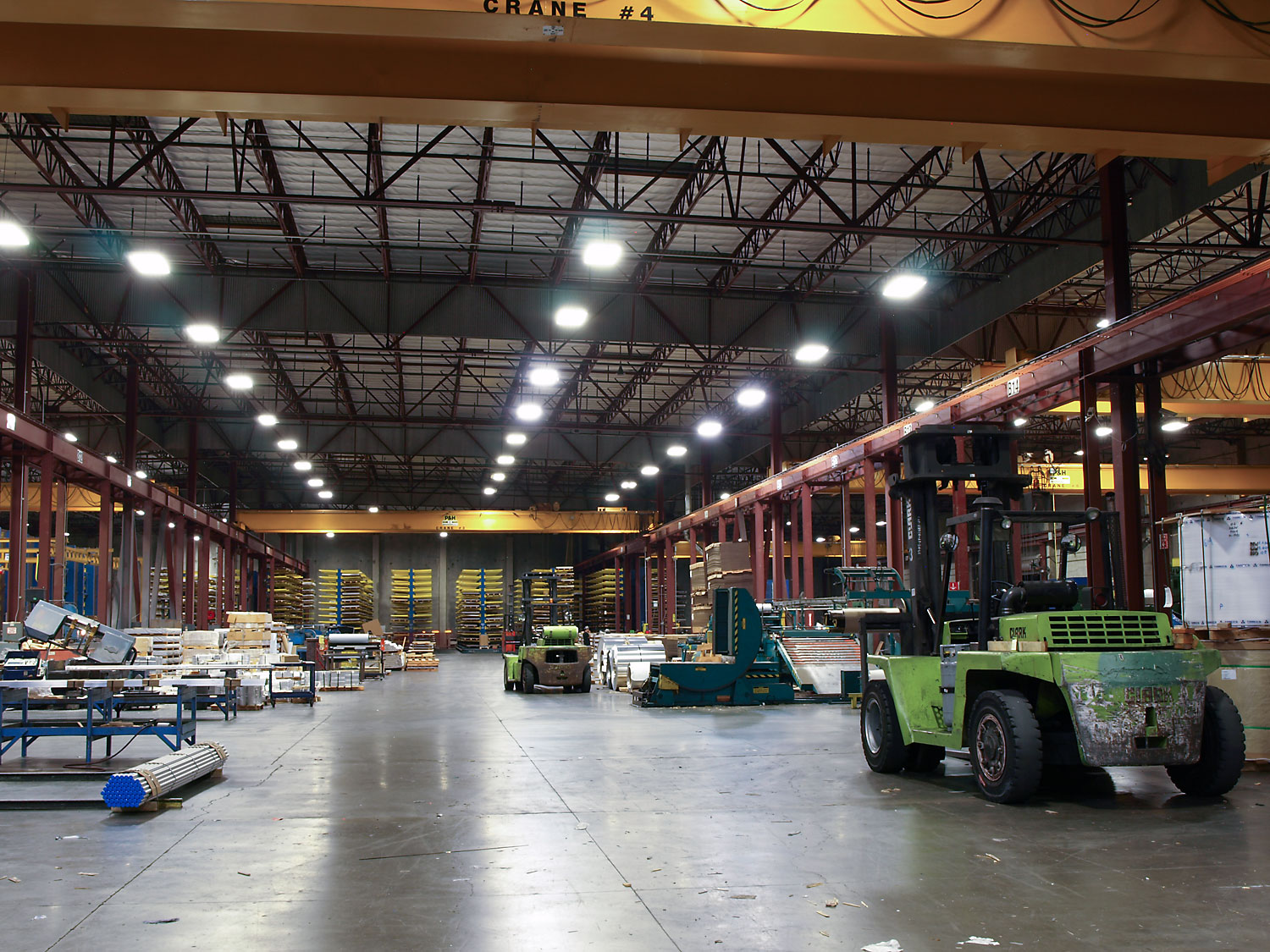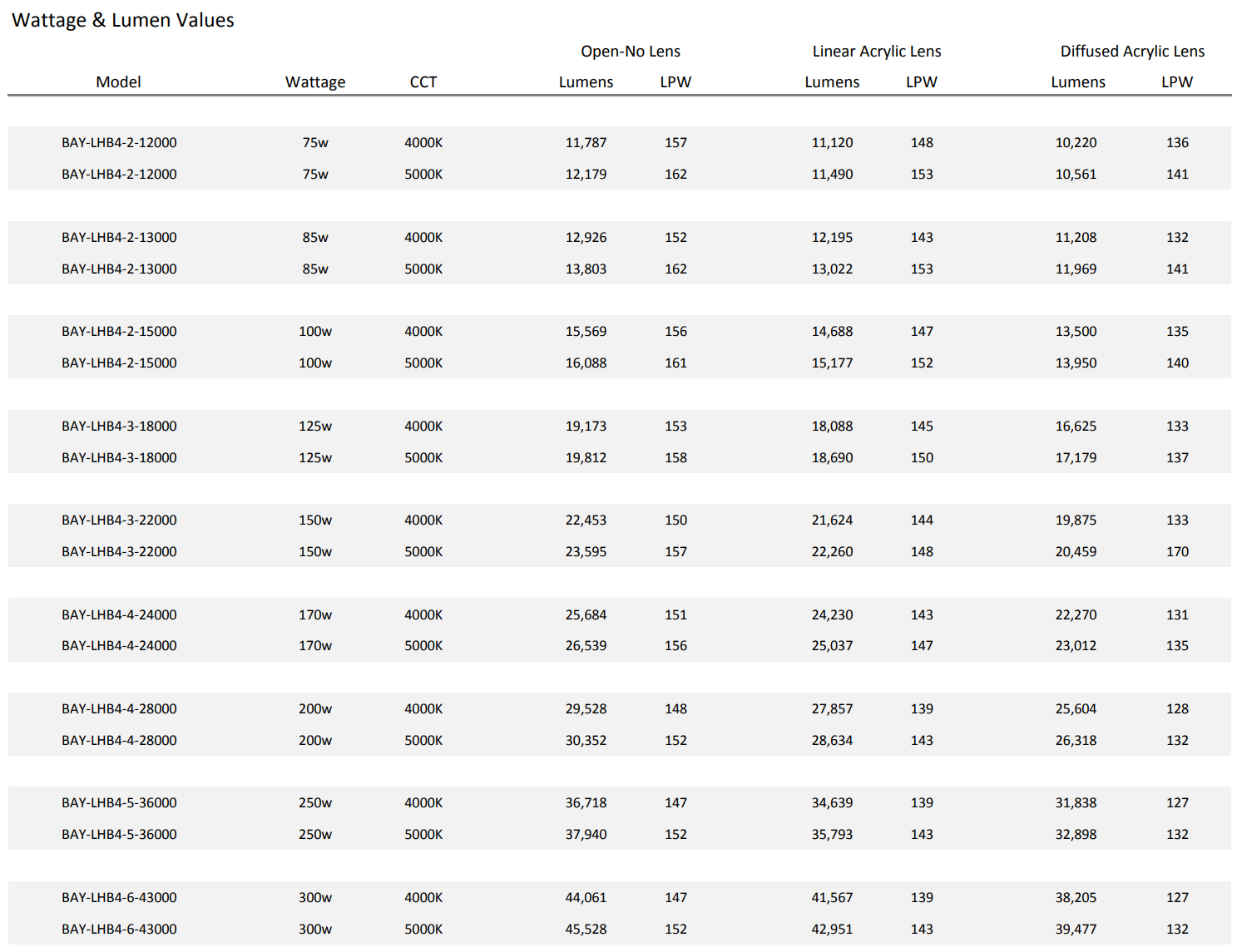Proper lighting in commercial and industrial environments requires a judicious selection of light fixtures. The measurement of lumens is an essential element in this regard as it determines the lighting output and, consequently, the overall efficiency of the workspace. This guide presents a comprehensive analysis of lumens in the context of commercial and industrial lighting, accompanied by a selection of tips for choosing the appropriate bulbs for optimal performance.
What are Lumens?
Lumens constitute a metric for measuring the amount of light that a light source emits. In commercial and industrial settings, lighting brightness is critical in achieving specific objectives such as manufacturing, warehousing, and construction. Consequently, the higher the lumen output, the brighter the lighting.
The Significance of Lumens in Commercial and Industrial Lighting
In commercial and industrial settings, adequate lighting is imperative for both productivity and safety. A well-lit workspace not only minimizes the chances of accidents and injuries but also promotes an efficient work environment. Lumens offer a convenient way of gauging the brightness of LEDs, enabling one to make informed choices that suit specific needs.

Considerations for Choosing LEDs for Commercial and Industrial Lighting
Lumen Output:
The level of brightness, as determined by the lumen output, is a crucial consideration when selecting bulbs for commercial and industrial settings. Different tasks require varying levels of brightness, and thus, it is imperative to choose bulbs with an appropriate lumen output. For instance, a manufacturing plant may necessitate brighter lighting than an office space.
Color Temperature:
Color temperature refers to the color of light that a bulb emits. For commercial and industrial environments, it is important to select a color temperature that encourages productivity while minimizing eye strain. Warmer, yellowish light is often preferred in areas where individuals work for extended periods, such as offices or production areas.
Energy Efficiency:
Energy-efficient bulbs such as LEDs and CFLs are more efficient than traditional incandescent bulbs and have a longer lifespan. Investing in such bulbs can result in significant energy cost savings for businesses. Replacing outdated bulbs with energy-efficient options is a wise long-term investment that cuts on energy consumption and saves money.
Durability:
Lighting fixtures in commercial and industrial settings experience high vibrations, extreme temperatures, and other harsh conditions. Hence, it is vital to select bulbs that can withstand these conditions and last longer.
Cost:
While the cost of bulbs is a critical factor in the decision-making process, it is also essential to consider the long-term savings from energy efficiency and longer bulb lifespans. High-quality bulbs may have higher upfront costs but can result in substantial savings in the long run.

Takeaway
Choosing the appropriate bulbs for commercial and industrial lighting is vital for ensuring a safe and efficient work environment. Taking into account factors such as lumen output, color temperature, energy efficiency, durability, and cost guarantees that businesses make the right choices for their specific needs. Whether it’s a warehouse, factory, or office space, understanding lumens is fundamental in selecting the appropriate bulbs for the job.



